This restaurant opened in May 2025. It is situated in the METRO campus, a 9-acre modern development in the Flingern district of Dusseldorf. The campus includes the international headquarters of the METRO food wholesaler, which employs over 87,000 people across 21 countries. Thomas Buhner previous ran the three-Michelin-starred La Vie in Osnabruck, and also has La Vie in Taipei. Mr Buhner worked in Dusseldorf early in his career, at The Dusseldorf Hilton under chef Gunter Scherrer. He worked at several restaurants in Germany as his career developed, including as chef de partie at Schwarzwaldstube under Harold Wolfhaart. His first head chef position was at is first La Table in Dortmund, which gained a Michelin star I996 and a second in 1998. From 2006 to 2018, he ran La Vie in Osnabruck, which gained the ultimate three-star accolade. The new La Vie was awarded a star on June 17th 2025, the day before my visit.
The very modern restaurant décor was designed by Olaf Kitzig, with the large dining tables being very widely spaced. The kitchen is partially on view behind patterned glass panels. The restaurant is set back from the street, accessed by a glass gateway. The dining room is split into separate areas, with some conventional seating as well as some bar-style seating around a couple of separate communal tables. The restaurant seats up to 27 guests, with ten chefs working in the kitchen tonight. The noise levels in the room were blissfully low, even with some quiet music, since tables were so widely spaced. The tasting menu was priced at €258 (£223), with a vegan version available. Dishes were available a la carte also.
The wine list had 358 labels and ranged in price from €48 to €4,298, with a median price of €168 and an average markup to retail price of 2.3 times, which is very fair and a nice change from London pricing. Sample references were Weingut J.B. Becker Wallufer Berg Bildstock Riesling Kabinett 2008 at €48 for a bottle that you can find in the high street for €32, By Farr 'Irrewarra' Chardonnay 2022 at €98 compared to its retail price of €50, and Domaine Chappaz Fully Wallis Fendant Coteaux de Plamont AOC Valais 2023 at €110 for a wine that will set you back €47 in the high street. For those with the means, there was Weingut Dr. Bürklin-Wolf Kirchenstück Riesling Grand Cru 2015 at €598 compared to its retail price of €386, and Domaine E. Guigal Côte Rôtie "La Landonne" 2019 at €898 for a wine whose current market value is €481.
The first course of the meal was julienne of squid with white asparagus, with a cup of warm squid consommé on the side. A third element was a squid ink crisp topped with Imperial caviar, a high-end caviar brand (which supplies some serious chefs such as 3 star Christian Bau). The crisp was light and delicate and the squid consommé had plenty of flavour. The squid strips are not a new idea (Pierre Koffmann used to do a “squid pasta” dish) but the addition of white asparagus was a nice German touch, though the asparagus was the supporting performer in the dish (17/20).
Melon, Spanish tomato and dashi with oil of bell pepper came with raw, dried and fermented tomato. The fermented tomato at the base of the dish was not good, chewy and hard to cut with a knife. The tomato sorbet was fine, as was the melon, but chewy is not something that a tomato dish should aspire to (12/20 is kind). Next was parsnip mousse with parsnip foam with a salty citrus beurre blanc ice cream and flecks of beetroot, and some wormwood, whose distinct bitter flavour was mercifully subdued. The mousse had velvety texture and the beetroot actually worked very well as a contrast to the inherent sweetness of the parsnip (16/20). Since the dish overall was still somewhat sweet I wonder whether it might even work as a pre-dessert rather than at this stage of the meal.
This was followed by fennel in several forms. The fennel was served grilled, fresh and fermented, with green apple, ginger beer granita and a herb sauce. This worked well, the fennel and apple combining well. Overall this dish had a pleasing freshness (16/20). Bread was served warm, a sourdough made by a local baker, served with Bordier butter. The bread had lovely texture and an excellent crust, and was genuinely classy bread. It was so nice that we asked for another loaf. What followed was less successful. Courgette was brined and dry aged, served with a foam of Comte. The foam was fine but the central strip of courgette was chewy and not easy to eat. Courgette is, for me, one of the least flavourful vegetables, so at the best of times it is hard to make into something exciting. This was not the best of times, and this reatment of it was simply not good (11/20).
Much better was pan-fried cod with a classical beurre blanc sauce, served with peas served several different ways: grilled, pureed pickled and fried. The cod was carefully cooked and the peas had good flavour, the various textures of the peas combining well. For me the dish could be improved by switching to a classier fish like sea bass or turbot, but this was certainly a good treatment of the ingredients (16/20).
Next was lobster from Heligoland, a North Sea island that has been part of Schleswig Holstein since 1952 (it was formerly British, and Danish prior to that). The lobster was served with elderflower foam and chilli oil. This was a lovely dish, the lobster tender, the elderflower foam restrained and with just enough gentle bite of chilli to lift the dish. It was perhaps not by chance that this, perhaps the simplest dish of the meal in terms of number of elements, was also the best dish of the whole meal (18/20).
The final savoury course was wagyu beef. This was A4 grade Kagoshima entrecôte steak, served with artichokes and a sauce made from the cooking juices. Kagoshima is on the southern tip of Kyushu and has a very good reputation for beef, a frequent high performer in the “wagyu Olympic” competition, held every five years. In the 2022 competition Kagoshima beef was top score in six out of nine categories. The sauce had lovely depth of flavour and the beef was carefully cooked. Maybe the dish could have been improved by the addition of some more greenery to balance the richness of the meat (maybe some spinach?) but this was a very good dish (17/20).
There was no cheese board but instead a sort of cheese transition course. Dried apricot was shaped into an apricot shape but actually contained Reblochon inside, while accompanying this was what looked like cheese but was actually roasted beech nut. This was a clever visual trick but unfortunately was at the expense of flavour in my view. Beech nut has a vaguely nutty flavour but this was not very exciting, and while the cheese centre was fine, the process of dehydrating the apricot resulted in a chewy, dry outside container that was not particularly pleasant to eat (12/20 is kind). I would much rather have just eaten a piece of ripe cheese with an apricot on the side.
Much better was sweet and sour peach with amazake ice cream and milk chips. Amazake is a Japanese drink made from inoculated, fermented rice, which gives it a mildly sweet flavour. The peach had good flavour and the amazake was an unusual but logical flavour pairing for it (16/20). The final dessert was a nettle mousse with a nettle crumble, herbs and a Bergamot ice cream. This was problematic in a couple of ways. The ice cream was wildly acidic for some reason. Even taking this aside, I can’t really imagine how nettles are ever going to be made into a thrilling, or even particularly enjoyable, dessert. They have an inherent bitterness that for me does not belong in a dessert. This is a personal preference issue I suppose, but the ultra-sharp ice cream was a problem even if you go to sleep at light dreaming of nettle desserts (11/20). Coffee was from Difference Coffee.
Service was lovely, with an excellent restaurant manageress, a very knowledgeable sommelier and a particularly good Ukrainian waiter, Christopher. The bill came to €450 (£385) per person once we added an additional tip. Overall, this was a mostly enjoyable but inconsistent meal. The best dishes, such as the lobster, were very good indeed, but there were several missteps. The wildly acidic ice cream in the dessert was a technical issue and can be fixed, but some other problems were dish design problems. The courgette dish simply didn’t work for me, and absolutely no one on earth, for their last ever meal, is going to fantasise about nettles for their dessert. For me, these dishes should be replaced with something else. On the positive side, the service was absolutely charming, the room is attractive, and there are some very nice Rieslings on the wine list. The restaurant has only been open six weeks so it is hardly surprising that the kitchen has yet to settle into a harmonious routine. Thomas Buhner is undoubtedly a talented chef, and as time unfolds, I am sure that the menu will develop and settle down, given his track record in the past.





















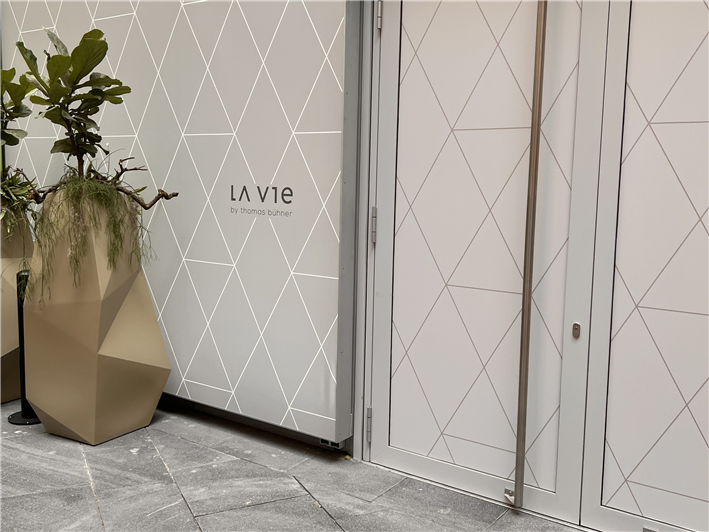

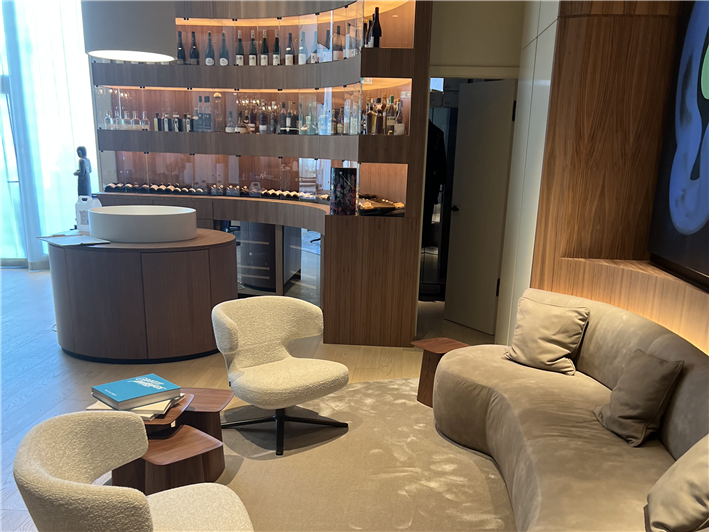
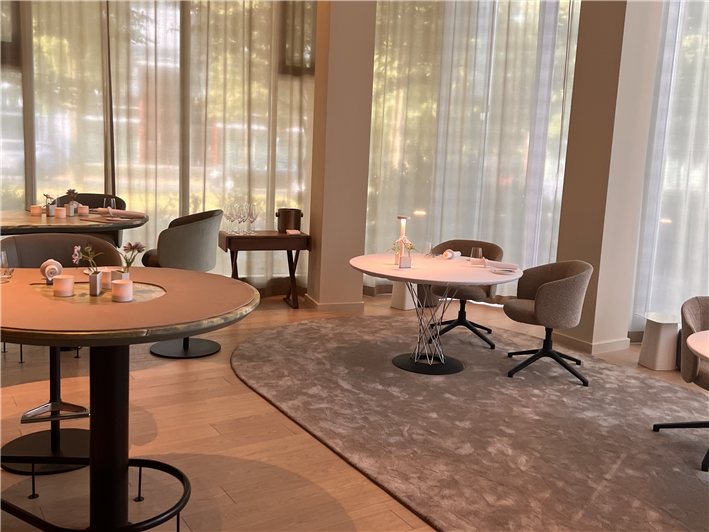
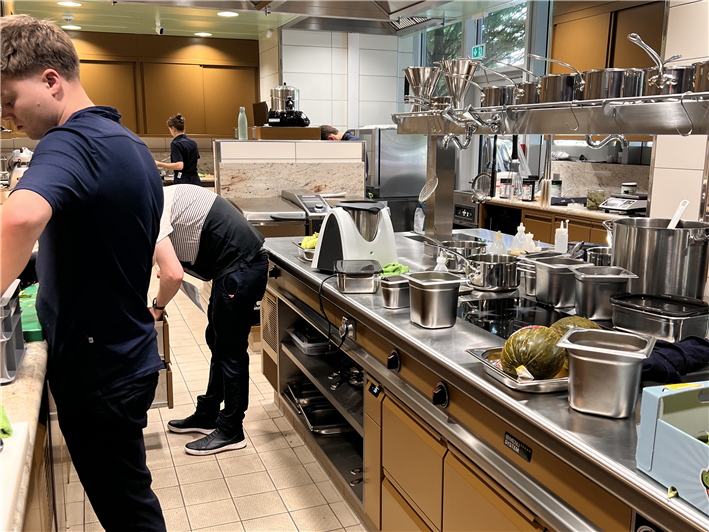
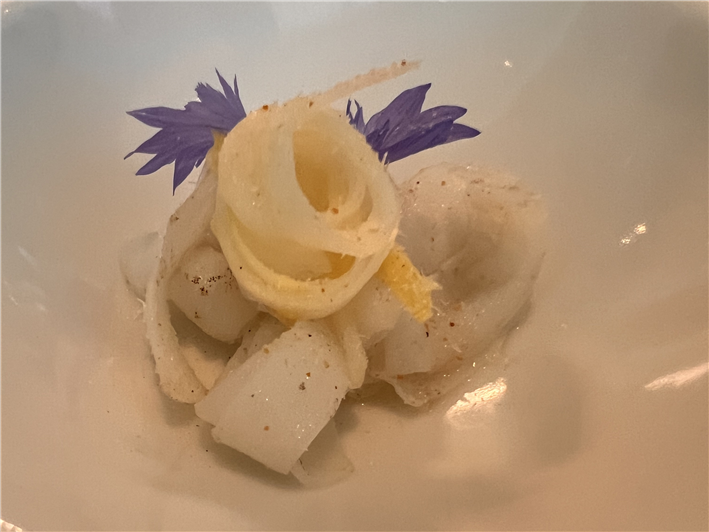
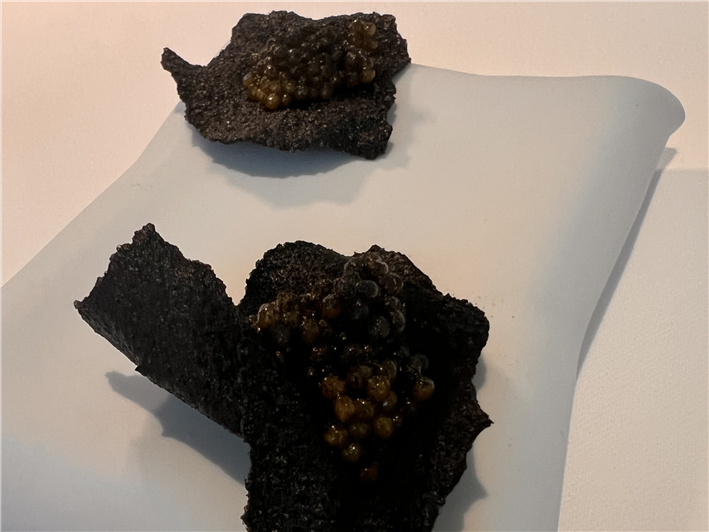
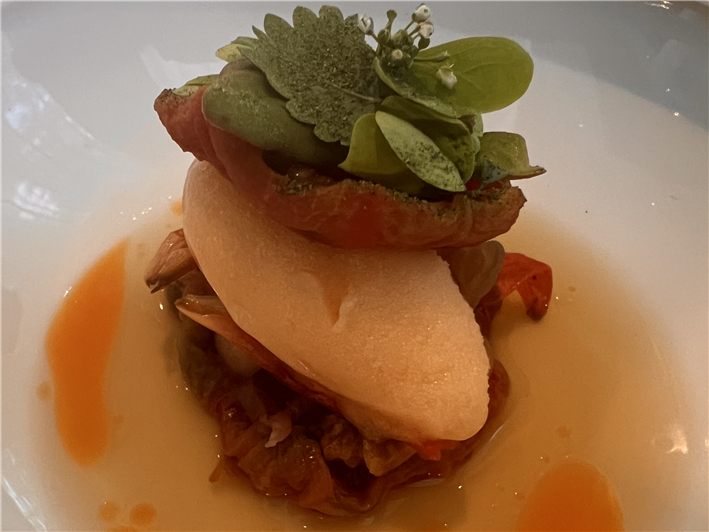
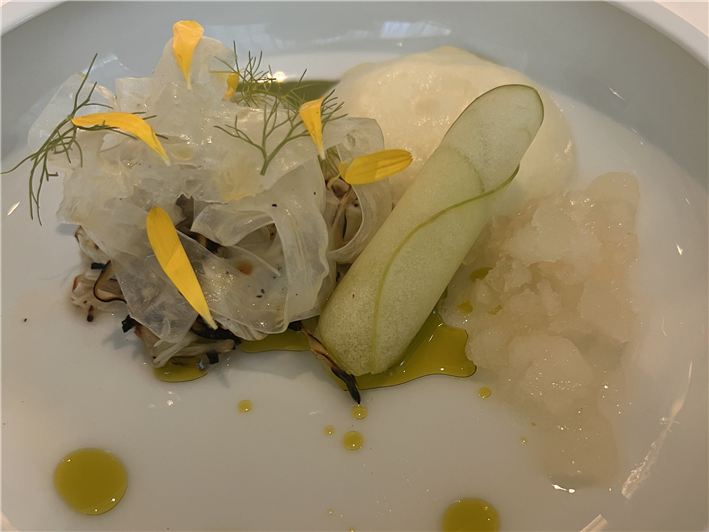
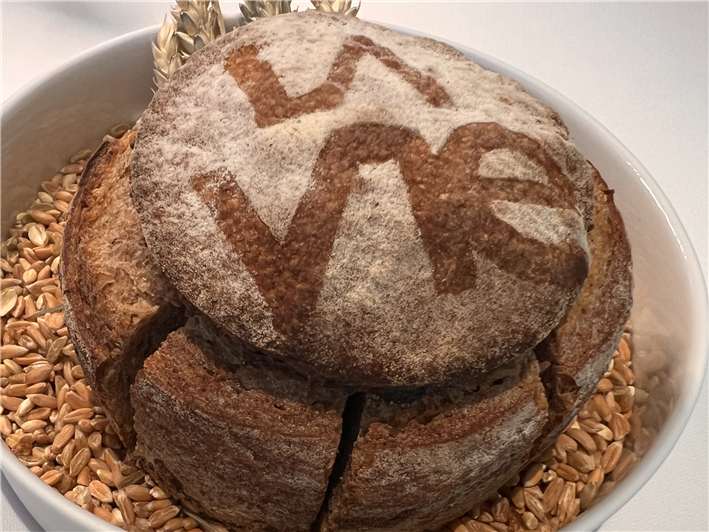
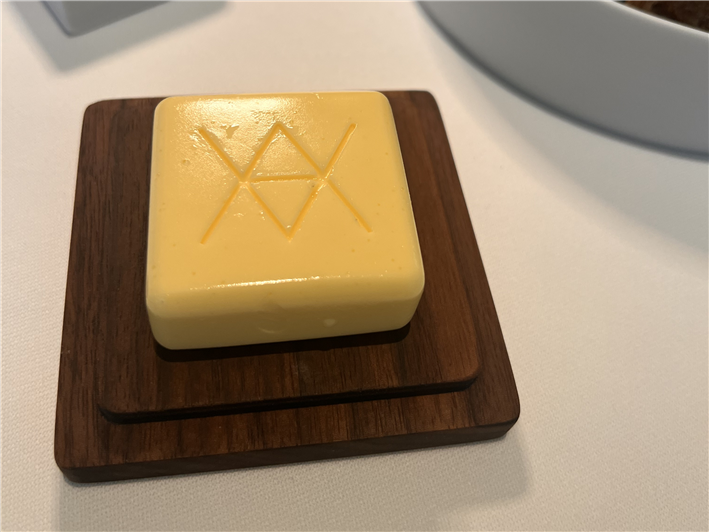
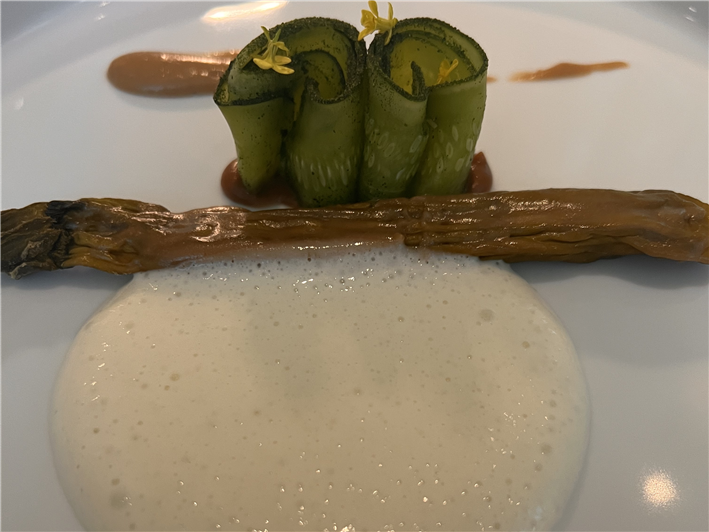
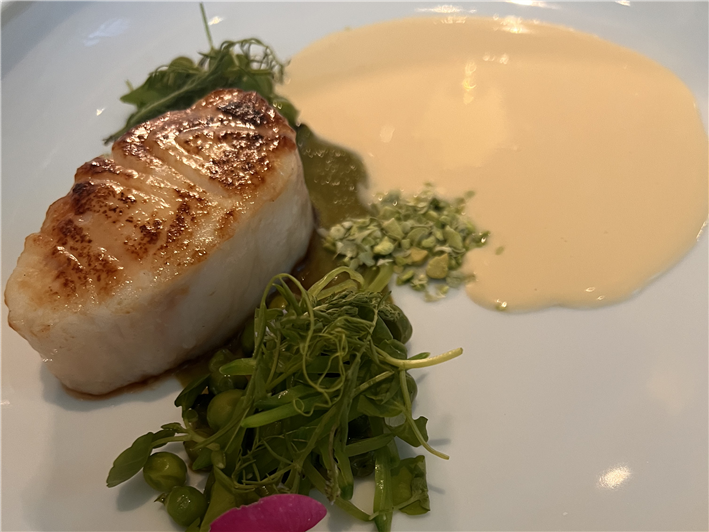
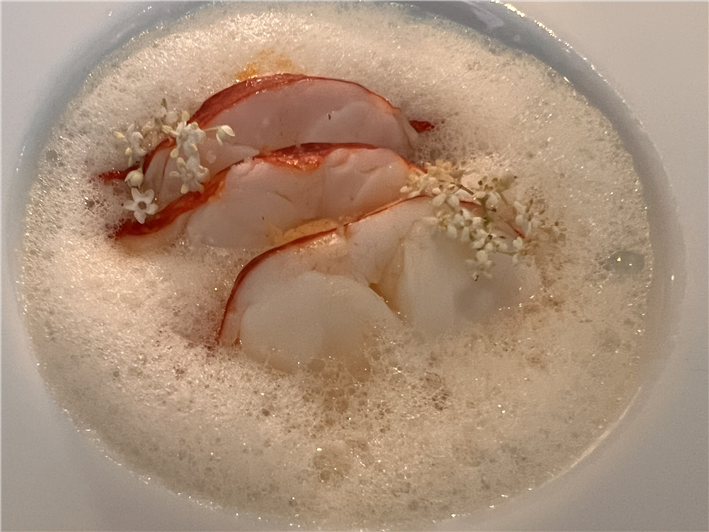
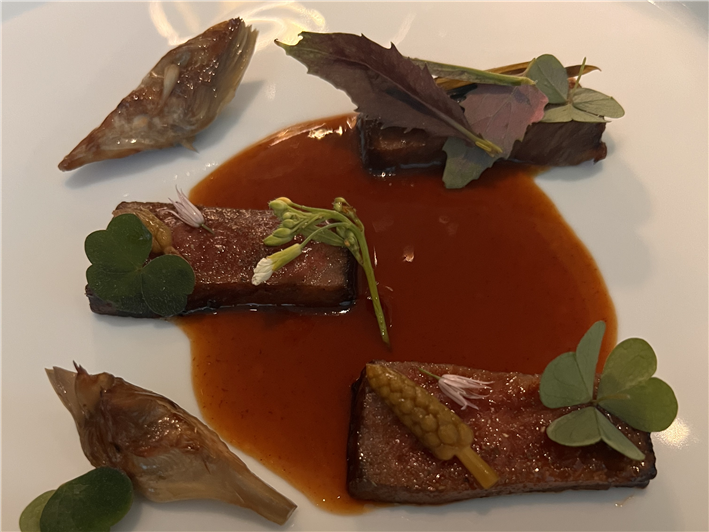
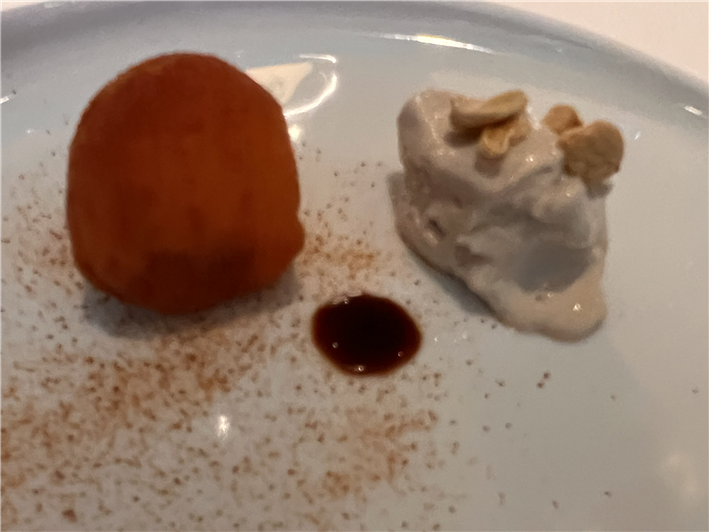
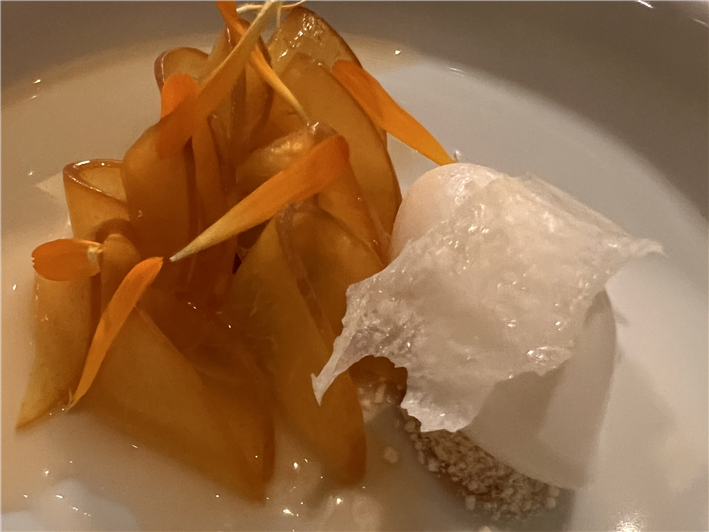
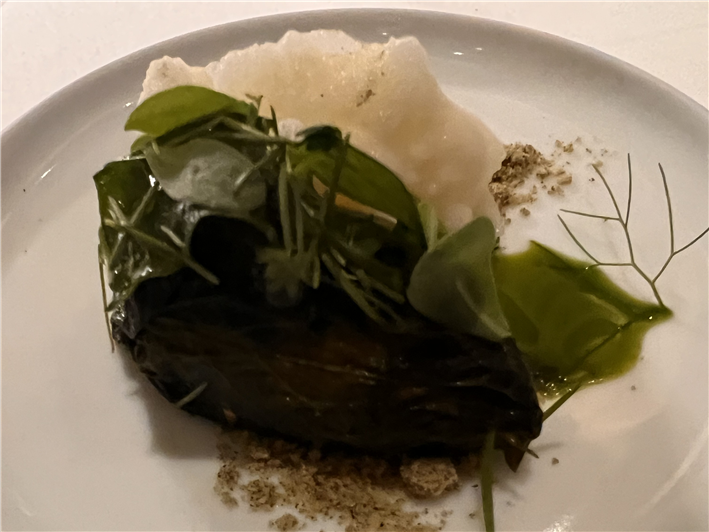
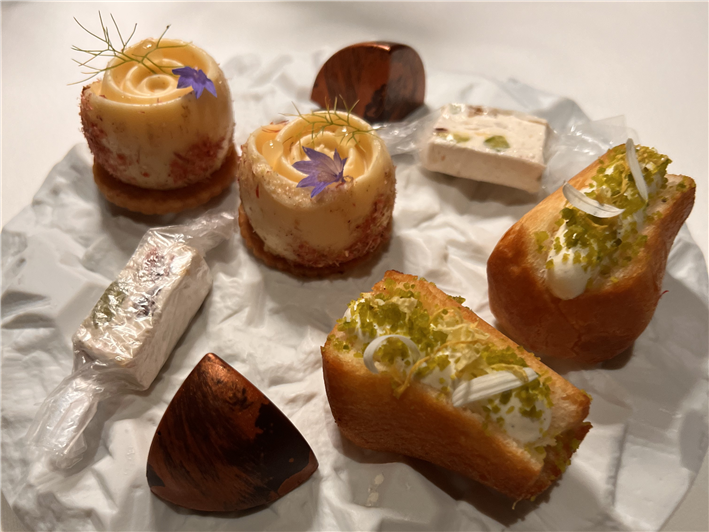
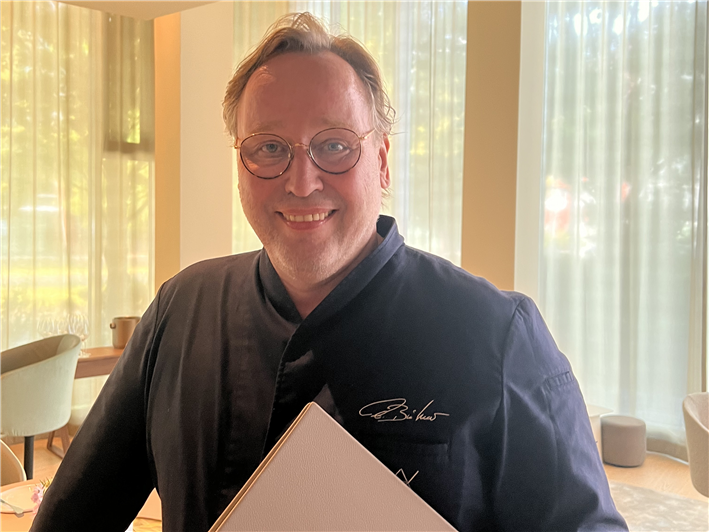

Add a comment
Thank you for submitting your comment, this will be checked and added to the website very soon.
User comments